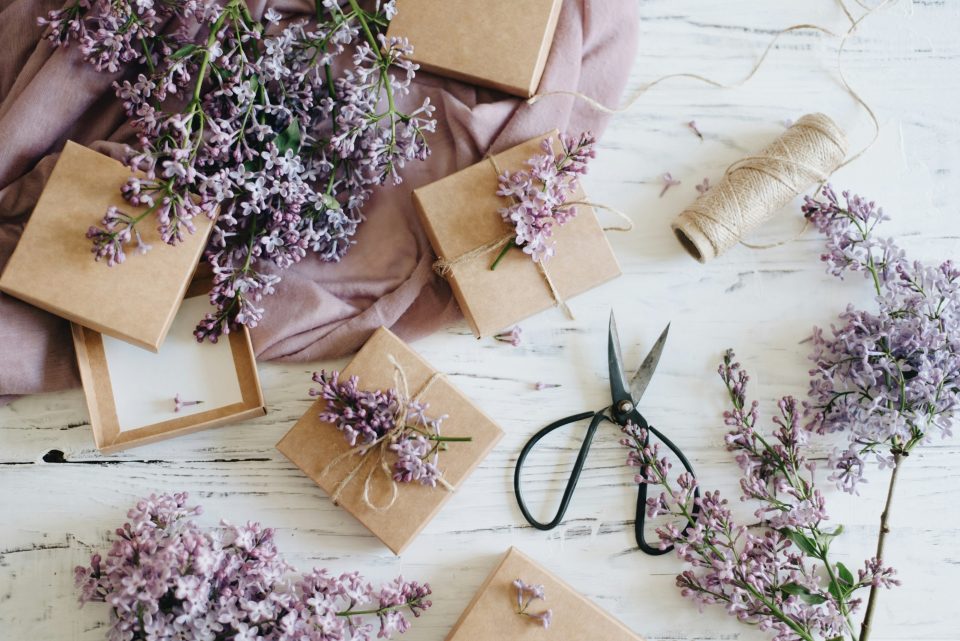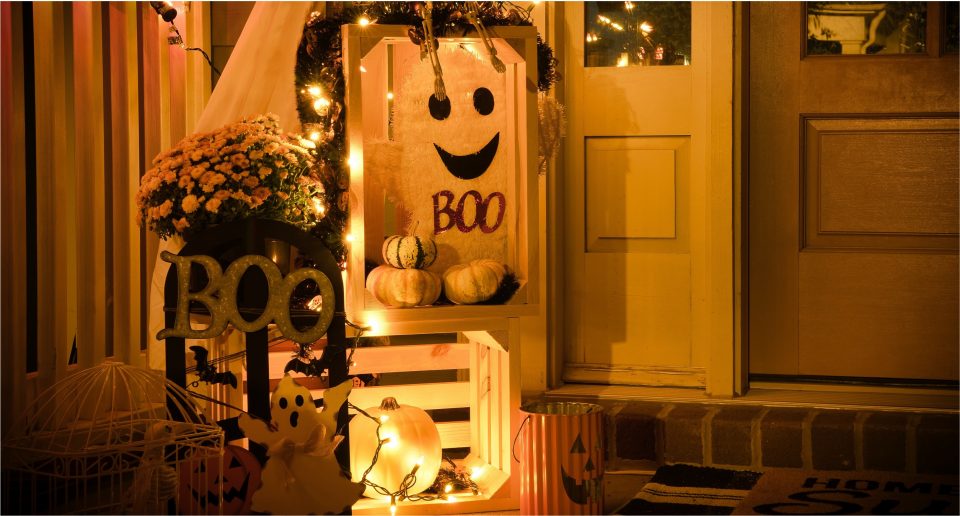Choosing the right paper packaging for your business

Debunking the myths: the top paper misconceptions quiz
March 16, 2023
Printouts every small business needs
March 29, 2023
Brands are increasingly shifting to paper packaging and ditching the plastic. There are strong sustainability, environmental and commercial reasons for making the switch to paper. The Business Optimizer team considers some of the factors when choosing the right paper packaging for your business.
Choosing the right packaging is an important part of producing, selling and marketing your product.
Packaging can play multiple roles, including:
- Keeping your product looking its best,
- Keeping your product fresh,
- Making your product easy to transport,
- Communicating your brand voice and values and who it is for,
- Communicating essential information, such as ingredients, health and safety, etc.
Why choose paper packaging for your product?
Well-chosen packaging can help to develop your brand identity and build brand recognition over time.
Opting for paper packaging makes a clear statement about your brand values. Paper is an eco-friendly material that has a wide range of uses across many industries. It can play an important role in helping not only to be a more sustainable business, but also help to portray your brand as environmentally conscious.
Nearly three-quarters (72 percent) of consumers say that a way a product is packaged affects their purchasing decisions. This percentage rises even higher for gift purchases, when 81 percent say packaging influences their purchase decision.
And consumers prefer paper. Research shows 68 percent of consumers say they are more likely to choose a product in paper packaging than plastic. And 63 percent think paper packaging makes a product seem of higher quality.
What should you consider when choosing paper packaging for your product?
Cost, size, function, performance, transportation, and look & feel will all affect your choice of paper packaging for your product. Let’s look at these considerations in more detail.
1. Which forms, shapes and closures are best?
There are many different forms of paper packaging and many different ways to seal your paper packaging. It might be as simple as having customer paper that you seal with paper stickers. Or you may need custom cartons with special closures that support the weight or fragility of your product effectively. Snap-lock boxes, pillow boxes, gable bags, display boxes, snap lockboxes are just some of the options available to you.
2. What do you need the packaging to do?
Your packaging must be fit for purpose. For example, your packaging will need to be much stronger and fully sealable if it is going through the mail, instead of simply being displayed on a shelf.
3. What size packaging do you need?
The dimensions of your product are obviously critical to the packaging choices you make. But can multiple products use the same dimensions of packaging? You might be able to save using the same box for various products. You could customize the cartons, labelling, print effects or interior wrapping in order to make the same size cartons work for multiple products.
4. What is the nature of the product you’re putting inside the packaging?
The packaging must support the product. For example, if the product is heavy, it might be better to wrap it in corrugated paper or a cardboard carton than it would be to use a single, folded carton. If you’re putting food in the packaging, can the product be sealed effectively to ensure freshness? Are special, food-safe coatings may be required? And how will they affect the recyclability of the paper packaging?
5. Do you need additional padding inside the box?
How are you going to protect your product? How fragile is it? Is it going to be mailed? Is it heavy? If you need additional padding inside the box, crimped up paper is great for this – and it’s a much better option than plastic bubble wrap, especially given the moves around the world to ban single-use plastics.
6. Is this a one-time-use box?
It might be that you want to encourage reuse of your paper packaging. If you want the packaging to be reusable, this will affect the design and robustness of the packaging, particularly with respect to which closures you opt for.
7. Do you want special effects to reinforce your branding?
Custom print effects can elevate your branding, but they aren’t suitable for all types of paper packaging. Think about how you want to make your packaging stand out for your consumers. The possibilities here are endless. Choose from custom ink effects, metallics, scratch-and-sniff inks, foil stamping, embossing, custom or digital die-cutting, and spot UV printing.
When thinking about the paper packaging that is right for your product, remember to think clearly about your brand and the consumers you want to reach. Different demographic groups will have different expectations and preferences, so you’ll want to work closely with your marketing team to understand which paper packaging is right for your product and market.
What now?
Learn more about paper and packaging on our blog:



